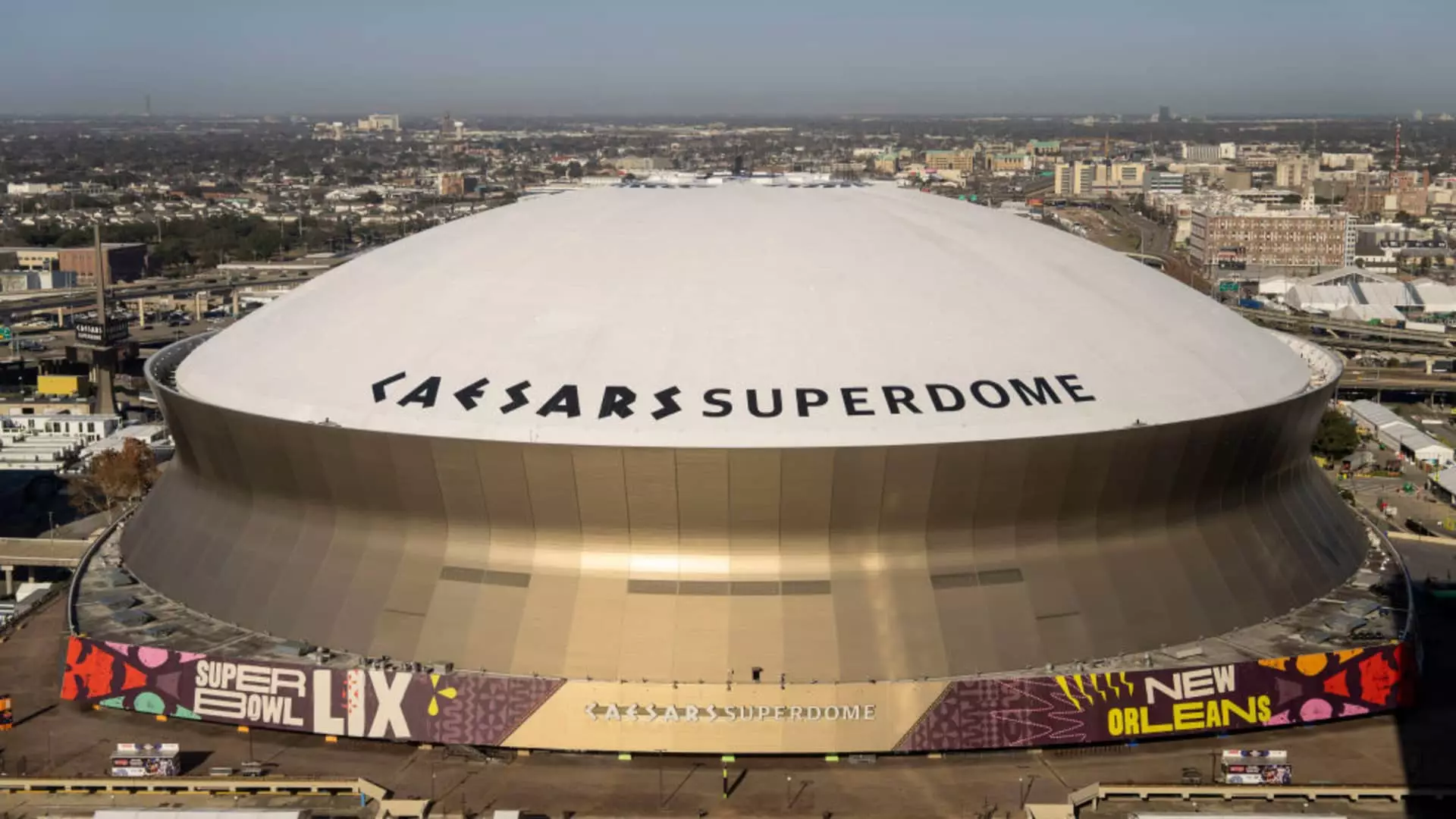As the Super Bowl approaches, the excitement around the spectacle is palpable. However, amidst the festivities, there is a financial dimension that many may overlook: municipal bonds tied to stadium construction. These bonds are critical in actualizing sports venues and their surrounding infrastructure, underscoring their roles in local economic development. Understanding their function, appeal, and underlying risks can empower investors to make informed decisions that resonate beyond the realm of sports.
Municipal bonds serve as a pivotal funding mechanism for stadium projects across the United States. As explained by Dan Close, a leading figure in the municipal finance sector at Nuveen, these bonds often represent a blend of public and private interests. The infrastructure surrounding a stadium—roads, public transport, and even amenities—relies heavily on these financial instruments. The necessity for such development often stems from the belief that successful stadiums contribute significantly to local economies by attracting visitors and generating jobs.
However, while the nexus of sports and finance can seem straightforward, investors should recognize the complexity of the revenue mechanisms backing these bonds. Unlike what some may assume, the repayment of these bonds is not solely contingent upon the performance of the local sports franchise. Instead, they are typically supported by more stable revenue streams such as general taxes, venue-specific taxes, or special levies that ensure a more predictable financial return.
One of the most compelling aspects of municipal bonds is their favorable tax treatment, particularly for high-income investors. Interest earned from these bonds is exempt from federal taxes and may also escape state taxes if the investor resides in the issuing state. This unique characteristic makes them attractive, amplifying demand, especially among wealthy individuals looking to minimize their tax burdens while. Nevertheless, potential investors often misinterpret the risk associated with the bonds tied to stadium financing.
Many individuals equate sports teams’ fluctuating fortunes with the stability of stadium bonds. Close counters this perception, asserting that the reality is quite the opposite: the underlying revenue sources for most stadium-related bonds are notably resilient. For example, municipal bonds associated with Yankee Stadium are backed not just by ticket sales but by various general tax revenues, making them more secure than often assumed.
This misalignment between perception and reality offers investors an opportunity. With many viewing these bonds as riskier than they are, there may be potential to secure better yields in this niche market, thus attracting a different class of investors who might otherwise shy away from them.
Case Studies and Market Dynamics
Nuveen’s portfolios reflect a market that actively engages with stadium bonds. Funds like the New York Municipal Bond Fund hold revenue bonds from high-profile venues such as Yankee Stadium. These holdings exemplify an investment strategy that leverages the municipal bond market’s ability to provide stable returns while supporting local initiatives.
The dynamics of stadium financing were particularly highlighted during Erie County’s recent venture of issuing “Bills Bonds” for funding a new stadium. This instance raised over $111 million, illustrating how local governments can engage the community in financing public projects. Notably, about $3.2 million came from individual investors, demonstrating grassroots engagement and support, albeit accompanied by the typical coupon rates around 5%.
Moreover, the Tennessee Titans’ Nissan Stadium is a pertinent illustration of the substantial taxpayer contributions typical in large-scale stadium projects. With a projected cost of $2.1 billion, the financing involved an extensive array of bonds including $500 million in state general obligation bonds. These examples exemplify the public-private partnerships increasingly vital to the complex tapestry of stadium financing and economic strategy.
Investing in stadium bonds requires a strategic approach and diligent research. Understanding the source of repayment is indispensable. Close emphasizes that the utility of proceeds is not as critical to investment viability as the robustness of revenue streams assuring bond repayment. Investors must meticulously analyze the associated risks and returns, ensuring that their capital is directed towards secure and strategically sound investments.
Ultimately, as Americans gear up for the Super Bowl, the buzz surrounding the event may lead to overlooked financial opportunities. By deepening our understanding of the interplay between municipal bonds and stadium financing, investors can navigate the complexities of this market with confidence, potentially scoring significant returns while contributing to the vitality of local economies. In this arena, where the thrill of sports meets the world of finance, informed decision-making is key to capitalizing on these unique investment prospects.

